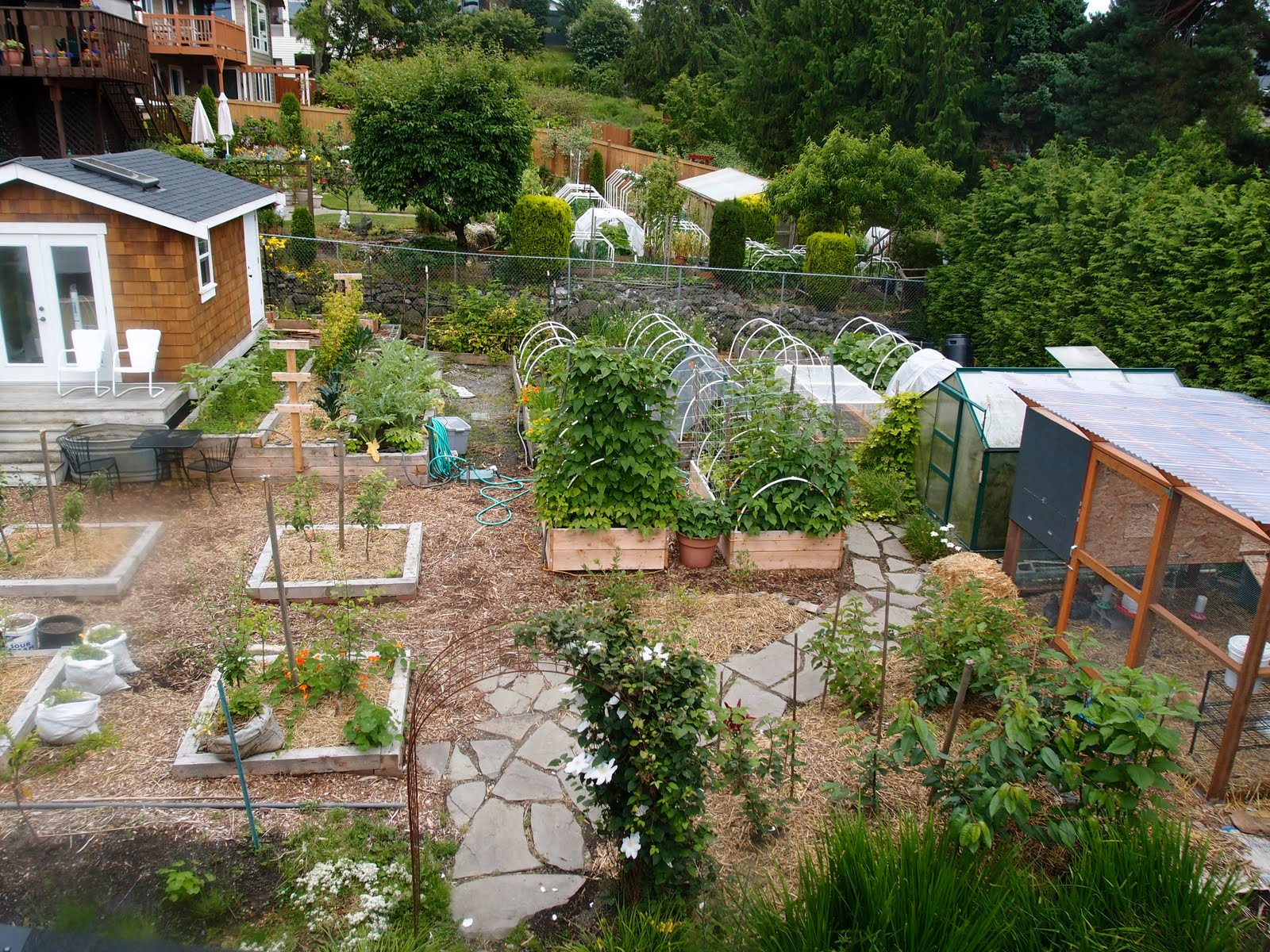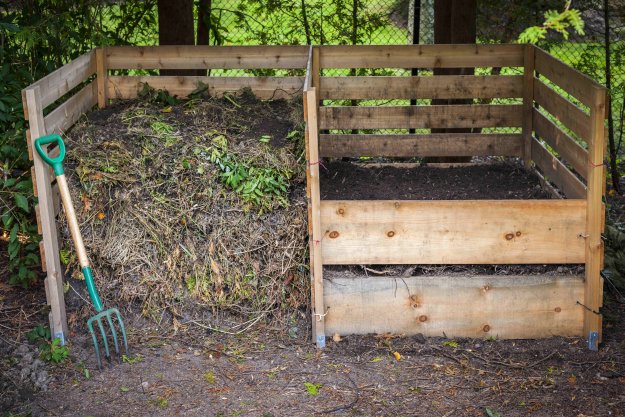Top Learning Materials for Homestead Gardening
Top Learning Materials for Homestead Gardening
Blog Article
Learn Exactly How to Grow a Thriving Horticulture Atmosphere for All Skill Degrees
Developing a flourishing garden is a complex venture that can be welcomed by people at any kind of skill degree. By checking out key components such as soil health, ideal plant option, and seasonal care routines, one can establish a lasting gardening practice that yields satisfying results.
Understanding Your Garden Space
In the world of horticulture, comprehending your yard room is vital to growing a flourishing landscape (Homestead Gardening). The primary step in this venture includes assessing the specific qualities of your plot. Variables such as dirt make-up, sunshine exposure, and water drainage play essential roles in establishing the viability of your garden for numerous kinds of plants
Begin by performing a dirt test to examine pH levels and vitamins and mineral web content, which will inform any required amendments. Furthermore, observe how much sunlight your space receives throughout the day. Different plants have varying light requirements; some thrive in full sunlight, while others choose partial or complete shade.

Lastly, assess the offered area and plan appropriately. This includes considering plant elevations and spread out to make sure sufficient room for growth without congestion. By getting a detailed understanding of your yard space, you established the foundation for a successful gardening experience.
Picking the Right Plants
Selecting the right plants for your yard requires mindful consideration of different elements, including environment, dirt conditions, and individual choices. Begin by evaluating your neighborhood environment, as certain plants thrive particularly temperature ranges and climate patterns. For example, exotic plants might not make it through in chillier regions, while durable perennials can stand up to rough winters months.

Consider your individual choices, including aesthetic appeal and maintenance degrees. Choose whether you like dynamic flowers, rich vegetation, or edible plants. Additionally, consider the time and effort you are ready to spend in plant treatment, as some selections require even more focus than others.
Lastly, consider the yard's layout and light direct exposure. Sunlight patterns throughout the day will affect your options-- some plants need full sun, while others flourish in shade. By attentively evaluating these components, you can produce a harmonious and effective garden customized to your environment and tastes.
Vital Horticulture Devices
A well-equipped gardener can substantially enhance their horticulture experience and outcomes. Essential gardening devices are fundamental to growing a successful yard, no matter ability degree. A sturdy spade is indispensable for excavating and turning soil, while a trowel permits for precise growing and hair transplanting of smaller sized plants.
Pruning shears are vital for keeping plant health by eliminating thick or dead branches, advertising better air circulation and development. Additionally, a hand rake serves for removing debris and aerating the soil, making sure optimal conditions for plant origins.
Gardening gloves safeguard hands from chemicals, thorns, and blisters, making them a vital accessory. A watering can or tube with a flexible nozzle makes certain that plants receive appropriate moisture without overwatering.
Last but not least, consider purchasing a strong wheelbarrow for transferring soil, plants, and tools around the yard effectively. By putting together a quality toolkit that consists of these necessary things, gardeners can deal with various tasks with self-confidence and ease, paving the means straight from the source for a flourishing horticulture setting. Keep in mind, the right tools not just boost performance but also boost the overall pleasure of the horticulture process.
Dirt Preparation and Upkeep
Quality dirt is the foundation of a successful yard, making proper prep work and maintenance vital for healthy and balanced plant growth. The very first step in dirt preparation entails checking its pH and nutrient levels. This can be accomplished via dirt testing kits available at gardening centers or via specialist solutions. Based upon the test results, changes can be made to optimize soil problems for details plant demands.
Integrating natural issue, such as garden compost or well-rotted manure, is important for boosting dirt structure and fertility. This not just improves nutrient schedule but likewise advertises helpful microbial activity. Additionally, appropriate drainage is vital; hefty clay soils may need the addition of sand or perlite to enhance aeration.
Normal maintenance of soil wellness includes mulching, which preserves wetness and reduces weeds. Furthermore, revolving plants each year aids avoid nutrient depletion and lowers bug and disease dangers. It is also important to prevent over-tilling, which can disrupt soil structure and harm valuable microorganisms.
Inevitably, a constant commitment to soil prep work and maintenance will lead to a prospering garden, making sure that plants get the necessary nutrients they require for durable growth and efficiency.
Seasonal Treatment and Monitoring

In springtime, concentrate on planting brand-new seeds and seedlings, while also performing soil tests to amend nutrient shortages. Consistently check for illness and bugs, as these can multiply with the warming climate. Summer season needs consistent watering and mulching to maintain moisture, in addition to pruning for better air blood circulation.
As fall strategies, it's time to prepare the yard for inactivity. This consists of harvesting crops, tidying up particles, and using a layer of compost to safeguard plant roots from frost. Take into consideration growing cover plants to enhance the dirt during the winter months.
Inspect structures like greenhouses for damages and make sure appropriate insulation for sensitive plants. By adapting your horticulture techniques to the seasonal cycles, you can foster a flourishing environment that sustains plant wellness year-round.
Final Thought
Finally, cultivating an effective yard calls for a comprehensive understanding of important principles such as dirt structure, sunlight exposure, and ideal plant choice. Applying efficient dirt prep work and upkeep techniques, in addition to using the right tools, cultivates an ideal growing environment. Normal seasonal care and management practices even more enhance plant health and wellness and efficiency. By sticking to these fundamental guidelines, people whatsoever skill degrees can accomplish a flourishing garden that contributes to both aesthetic pleasure and ecological sustainability.
Choosing the right plants for your garden calls for mindful factor to consider of various variables, including climate, soil problems, and individual choices. Conduct a soil test to identify pH degrees and nutrient material, which will assist you in picking plants that will prosper in your garden.Finally, take into consideration investing in a durable wheelbarrow for transferring dirt, plants, and devices around the yard successfully.Quality soil is the foundation of a successful yard, making appropriate prep work and maintenance essential for healthy and balanced plant growth. Homestead Gardening.In final thought, cultivating a successful yard calls for a thorough understanding of essential principles such as soil make-up, sunlight exposure, and click resources ideal plant option
Report this page